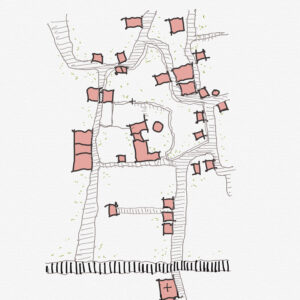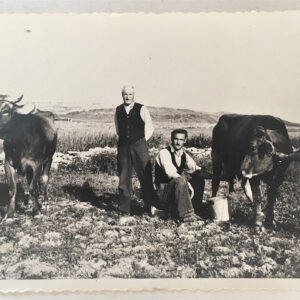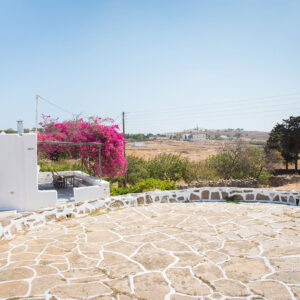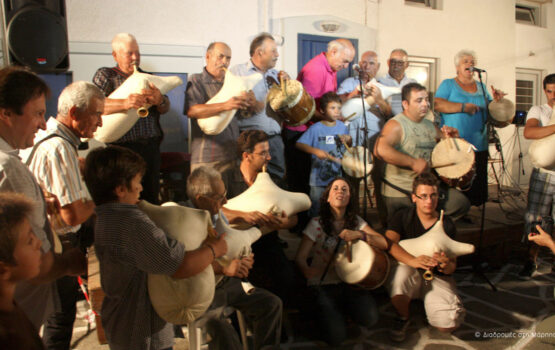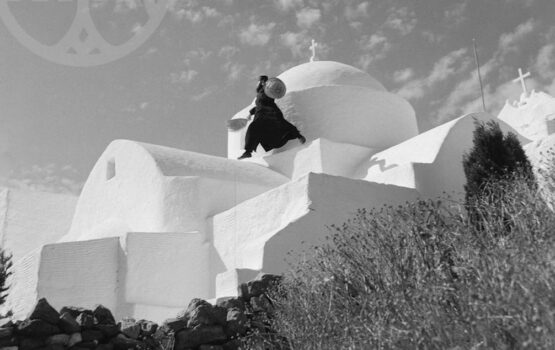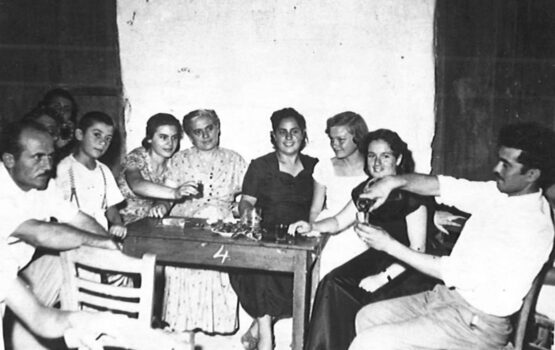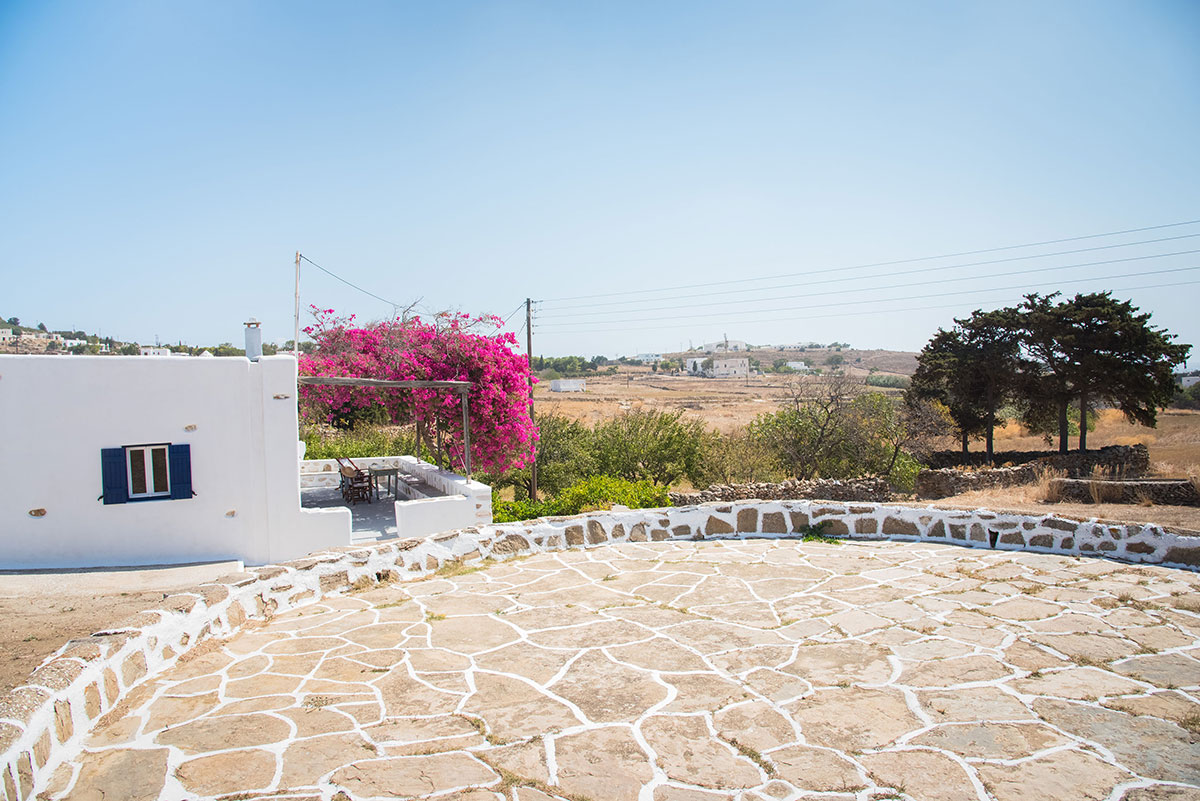
by the architect and educator Dr Carolina Vasilikou (University of Reading).
“Katikés” were the so-called country houses of locals spread outside the village of Marpissa. They contained a complex of livings spaces and production units for the cultivation of the land and the preparation of food.
Constructed with local materials, such as stone walls or mud bricks, they formed small rural neighborhoods, like the region of Laou that is located close to Agios Modestos church (the farmer’s Saint), in the South end of the village. “Katikés” usually consisted of a small field with fruit trees and vegetables, one or two living space for sleeping, separate structures for a little kitchen and a series of structures that were made out of dry stone walls, where animals were kept. Many of these complexes had a grain thresher, a round low stone structure for the processing of barley and wheat, a wine press, an animal shed, a chicken shed with small watering cisterns, stables for the mules and the donkey, a barn stacked with straw, as well as a wood-burning oven for baking bread in the summer, water wells (some with drinking water), a cistern for the watering of larger animals and an open-air laundry space. for collectively washing the clothes.
These spaces were used mainly during the productive seasons of the year, for ferving, seeding, wine harvesting, the gathering of olives and making of olive oil and the processing of the barley and wheat. They usually performed the main living space of farmers during the year. In the period of WW2, many villagers lived in their countryhouses. Today, “katikés” remain as storage spaces or slowly decay, whereas some are being re-built and preserved.
Rural vernacular of “Katikés”
- H “κατοικιά”: A self-sufficient countryside house where food production took place.
- Τα πινάκια: A measure of production, 8-9 pounds, looking like a big wooden pot.
- Αχεριές: A handful of straw cut with a sickle and tied with natural rope for transportation.
- Ο όργος: The plowing of the cultivated fields, and the season of plowing.
- Μάντρες: The space where animals were sleeping, drinking and eating in the evening.
- Γιαλάδες: The milking cows that were appropriate for linging.
- Ξαλιχνίζω: Allowing for the air movement to pass through the grinder and the barley and wheat mix.
Sources
Stories from the traditional Cycladic residences: an architectural record of the rural narratives of the settlement.
Recording the oral history of the rural residences of Marpissa, as collected by the architect and educator Dr Carolina Vasilikou (University of Reading).
A soundwalk of discovering the everyday and rural culture of Marpissa through the voices of its inhabitants and its oral history. The event took place during the festival “Routes in Marpissa 2021” in the context of the project “Study and research on the everyday life of the rural houses (“κατοικιές”) of Paros” by the organisation “Routes in Marpissa” under the auspices of the National Ministry of Culture.
Oral History interviews and archiving, editing of audio guide, soundwalk design, handout design: Carolina Vasilikou.

